It was also the eve of Amtrak. In less than a month’s time, almost all long-haul passenger trains in the nation would fall under the auspices of a government-managed corporation whose “pointless arrow” logo seemed to symbolize the uncertain state that rail travel had arrived at by the early 1970’s.
The train I was waiting for was not an august streamliner like the Broadway Limited or Super Chief. Rather, Norfolk & Western No. 3, the Pocahontas, was a somewhat pedestrian train covering the nearly 700 miles between Norfolk, Va., and Cincinnati in a sedate 17 hours.
Still, as it trundled into the station already 30 minutes late, its three coaches and dining car beckoned to me as one gestures to an old friend. I had been fascinated by trains since receiving a childhood Lionel set. I grew up watching, photographing, modeling, and riding trains. In the spring of my last year in high school, my family had circumnavigated the West aboard the North Coast Limited, City of Los Angeles, and Super Chief in a “farewell” gesture to me before I entered the Naval Academy in June 1969. Even my departure from the Queen City was by rail, on Chesapeake & Ohio’s George Washington.
I sensed, in No. 3’s warm, brightly lit interior, a final chance to relive the passion of my youth. I was going home again . . . by train.
Westbound out of Lynchburg I sat in the last coach, anxious to transfer to my sleeping car, which would be added at the next stop, Roanoke. Detraining in N&W’s headquarters city, I watched with interest as a switch engine backed down to the rear of the train with my “hotel on wheels” for the night, a 10&6 sleeping car with the name McDowell County painted in gold across its flank.
As I responded to the carman’s gesture and moved toward the sleeper, a porter almost as big as the vestibule itself bound down the steps, expertly placing the stepbox on the station platform. Glancing at my dark blue midshipman’s uniform as he checked my ticket, he tipped his hat and pronounced, “Good evening, Admiral!”
I smiled, unfamiliar with such deferential treatment, mistaken or otherwise. Surrendering my sea bag, I followed him up the steps and into McDowell County, explaining on the way that I was just a lowly midshipman on spring break, traveling home to Cincinnati. But it seemed not to matter. Grandly waving to my assigned roomette with its hideaway bed, fold-down water basin, and stainless-steel thermos full of ice water, he opined that things had been a lot better when the military routinely rode the trains. The railroad made them keep better time, there was better food in the diner, and so on. But now everybody, in uniform or not, was gone, to cars and planes, and soon he, and No. 3, would be gone too.
I explained to him that I was a longtime railroad enthusiast and did not particularly care if we were on time or that the diner was lacking in epicurean delights. I simply liked trains. He paused for a moment, and then sensing I was serious, launched into a series of tales spanning the decades of his career on the railroad.
McDowell County was largely empty. So as we rolled and swayed through the night toward Bluefield, the porter continued to spin stories of what it was like when trains were the preferred way of travel in America. Darkening the lights of my roomette, between nodding in agreement or appreciation for his time, I watched the bleak Virginia countryside glide past in the night.
Beyond Roanoke, climbing Christiansburg Mountain, we overtook a train of coal empties. You could feel the engineer up front apply more power as we passed the caboose of the freight, its red marker lights swaying hypnotically in the night. We slowly pulled ahead until, with a final burst of speed and a blinding flash of light from the lead freight locomotive’s headlight, we passed the throbbing mass of four diesels struggling to overcome gravity on the mountain grade.
Near midnight somewhere west of Bluefield, I bedded down, secure in the steel cocoon that was McDowell County. With the window shade raised, I watched a world fast asleep pass before me as we wound through rugged river valleys and small hamlets, our locomotive’s headlight narrowly illuminating the steeply wooded slopes of southern West Virginia. Outside my door the porter hummed as he shined my shoes, a time-honored custom on sleeping cars.
Morning brought an early wake-up call and the brown hills of southwestern Ohio. I would be home almost an hour late, for No. 3 had slowly fallen further behind schedule throughout the night. But like me, I doubted the handful of passengers aboard really cared.
As we pulled into Cincinnati Union Terminal, I glimpsed its hulking half dome looming over a nearly empty concourse below, mute testimony to the passing of an era in transportation. Tipping the porter and exchanging goodbyes, I alighted on the terminal platform to the same damp chill I had left in Lynchburg the night before. Bending to pick up my sea bag, I sensed the porter behind me. With a downcast look he muttered that No. 3 would soon be gone . . . and McDowell County . . . and with it his job . . .
He thrust an object loosely wrapped in newspaper at me, and bounded up the steps back into the car. I did not need to unwrap it. The shape and feel of the stainless-steel Pullman water thermos was apparent.
I never saw N&W No. 3, McDowell County, or the genial porter again.
On May 1, 1971, the first day of Amtrak, the Pocahontas made a well-publicized last run. Befitting the occasion, N&W added High Iron Co.’s. restored Nickel Plate Road Berkshire 759 to the consist of more than a dozen cars east over the Blue Ridge grade and to Norfolk. Hundreds of railfans and railroad and government VIP’s were aboard.
I was not. I was back in Annapolis. The Naval Academy’s liberty policy did not permit my observing the “passing of the great trains,” as it was termed in the media. Yet the sadness I felt was not due to missing the ceremonies. For before the publicity and farewell speeches I had ridden the “real” No. 3, secure beneath McDowell County’s starched sheets and wool Pullman blanket as we wound our way through the hills and valleys of the Virginias.
Instead, the sadness I felt was for an era, a manner of travel, and a man . . . all at the end of the line.
But I had my memories: the gentle swaying of the sleeper, the locomotive headlight piercing the gloom of night, and most of all, a friendly porter telling stories, shining shoes, and calling me “Admiral.” And I had—and still have to this day—that stainless-steel water thermos, a shining icon occupying a special place in my memories of yesteryear.
First published in Fall 2002 Classic Trains magazine
Learn more about railroad history by signing up for the Classic Trains e-mail newsletter. It’s a free monthly e-mail devoted to the golden years of railroading.





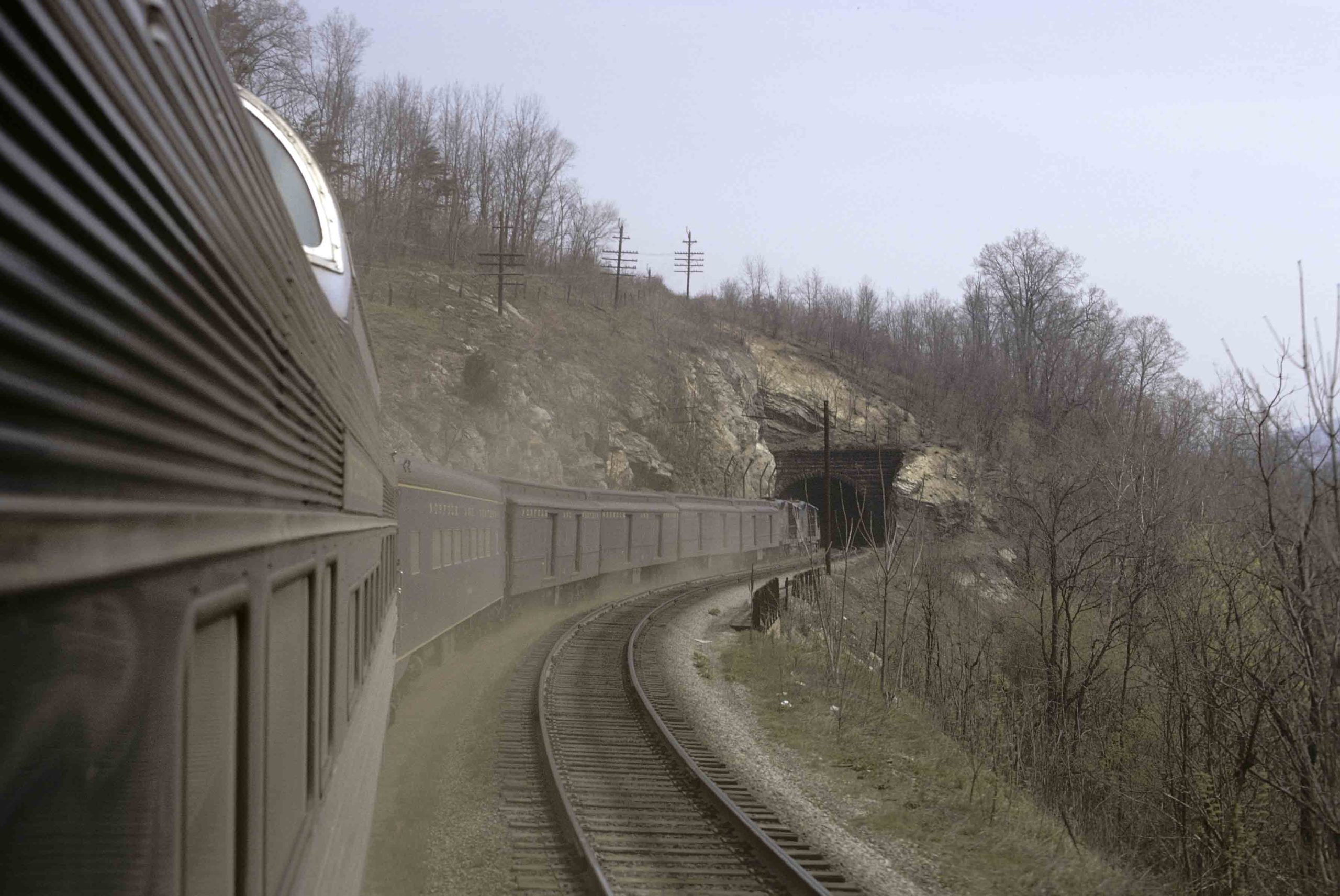

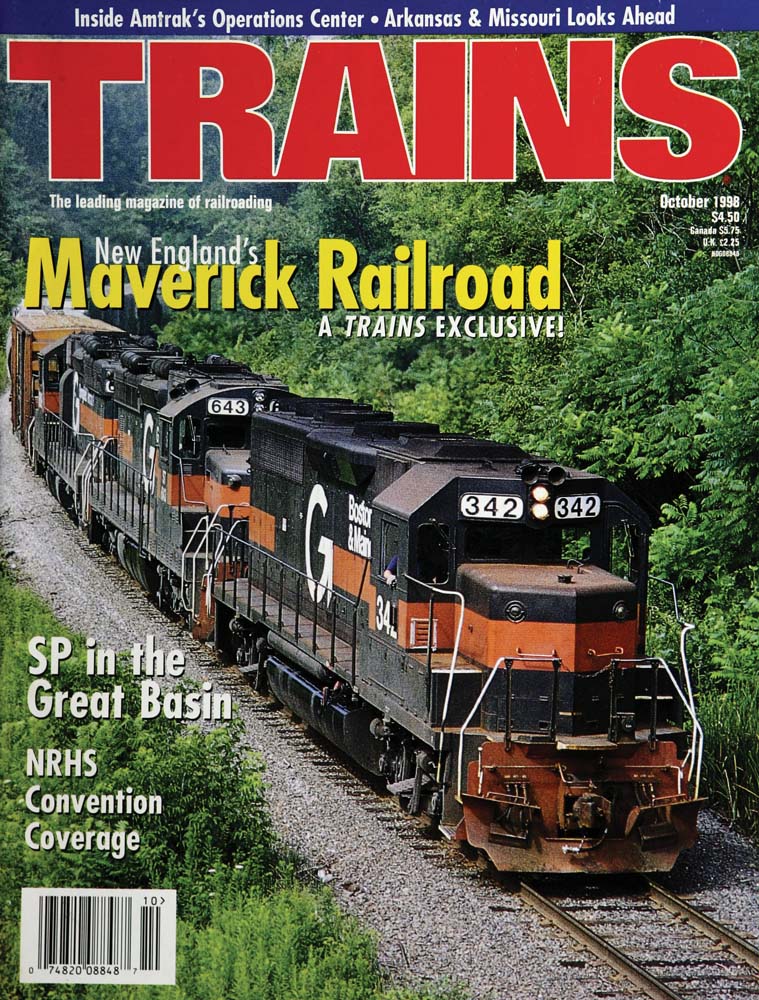
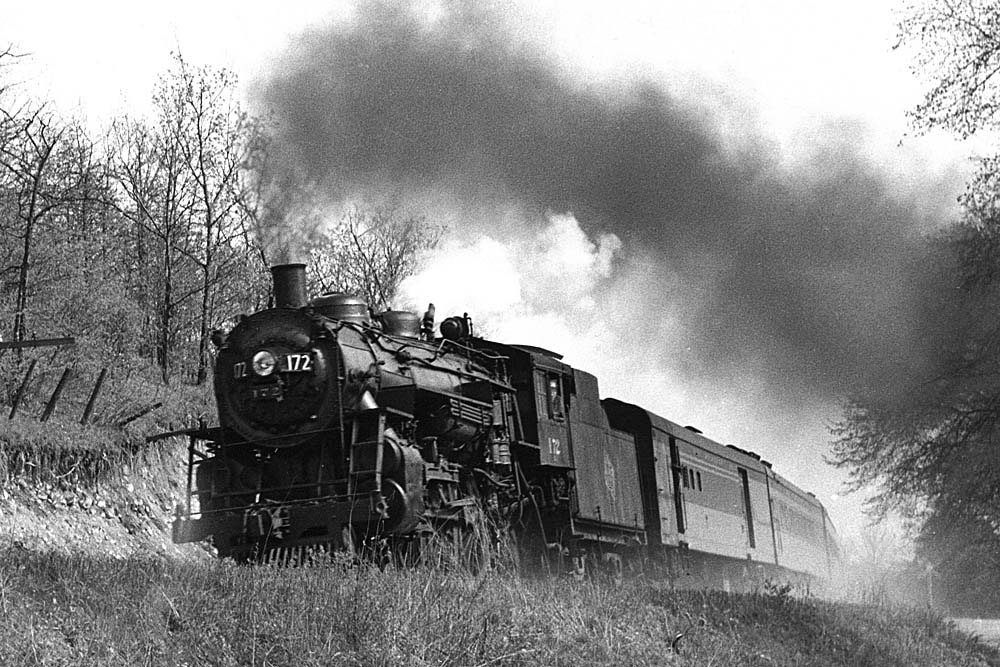
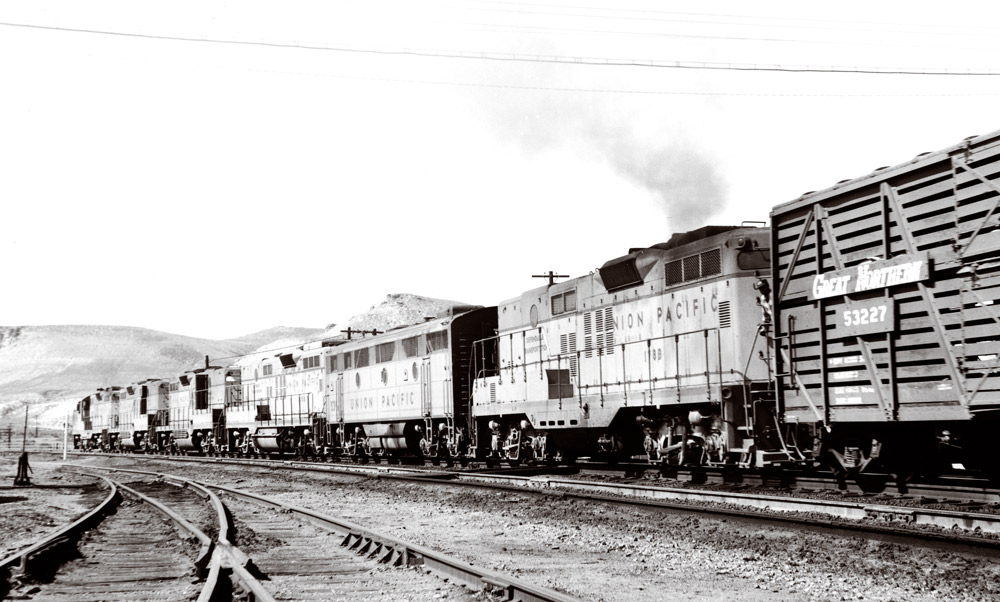
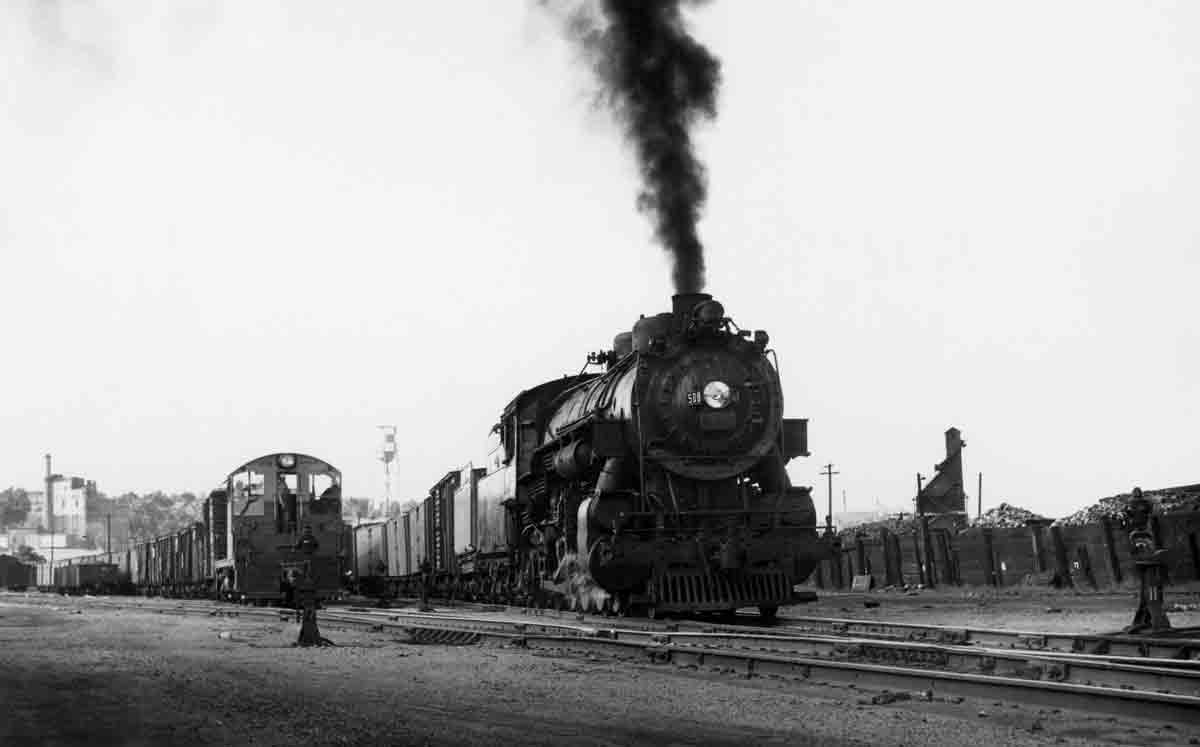




I share your nostalgia and sadness. On the day after Amtrak day, i came into the Chicago area on the last City of LA and after an overnight at a friend’s suburban Chicago home, left for NYCitiy on the third eastbound Amtrak Broadway. So I knew that some long-distance passenger service would still exist. But I continue to worry as to its continuance.
Your story is parallel to many o
Wonderful story. Thanks for sharing.